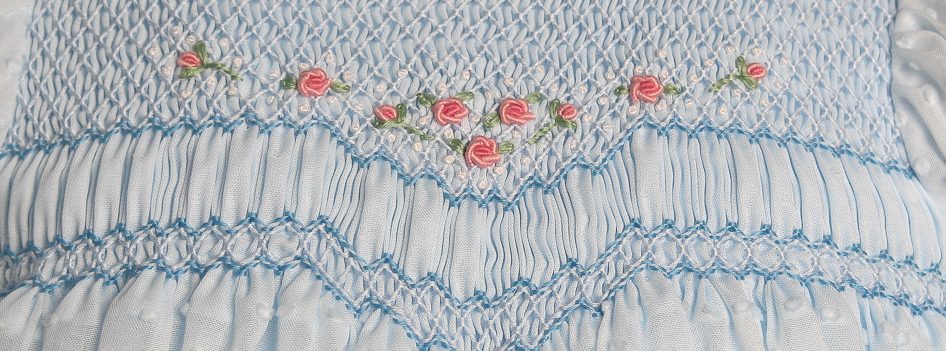Let’s talk about buttons today. Buttons can make or break a garment! There are beautiful buttons available and while they can enhance your garment, if executed incorrectly, they can wreak havoc on an otherwise wonderful garment – both on a front buttoning or back buttoning garment. Today we’ll talk about the blouse, but the same rules hold true for a dress that would button in the back.
A pattern will always include the size of the button required for the garment. But what happens when the button of choice is a different size than what the pattern calls for? Often times the button is chosen after the garment has been sewn and you wish to use what is on hand or you’re shopping for the perfect button and it is a different size? It’s not OK to use a different size button or the finished garment will not look balanced. It is ALWAYS best to choose your button prior to starting on your garment!
The button size is ALWAYS the same as the lap on the blouse.

When the blouse is buttoned, the center fronts should sit exactly on top of each other. For illustration purposes, the underneath part of the blouse is shown raised, but on the finished blouse, the neckline will be aligned.

The button is sewn to the center front of the blouse. In general, the buttonhole size is the size of the button (in this case, 1/2″) + 1/8″ (the depth of the button). For this example, that would require a 5/8″ buttonhole. If a particularly thick button will be used, then the buttonhole would need to be longer.
Going forward, the diagrams show the finished blouse edges, not the cutting lines. Make adjustments to the finished edges and then add the seam allowance.

The buttonhole placement is important as well. The buttonhole ends 1/8″ away from the center front. It is also positioned 1/2″ below the finished neckline (width of the button, shown in the first diagram). When executed properly, the amount of the blouse showing both above the button as well as from the edge of the button to the edge/fold of the blouse will be the radius (half the width/diameter) of the button. With this example, that would be 1/4″.

If a different size button will be used, then the lap needs to be adjusted BEFORE you begin cutting out and sewing the garment. So, if a 5/8″ button will be used, then then lap will need to be 5/8″ from center front to the edge (whether foldline or seamline) of the blouse. Do this by drawing a line in 1/8″ away from the center front (shown in red). Adjust the neckline as well. This will be the new pattern piece for the blouse. A 3/4″ buttonhole (5/8″ + 1/8″ – buttonhole depth) would be needed. It will still end 1/8″ away from the center front.

The button and buttonhole placement will need to be adjusted from placement on the original pattern in order to accomodate the 5/8″ size button.
Using a different size button than the size that was intended will result in poor results and will not look balanced on the finished blouse, as shown below. The button ends too close to the edge of the blouse front.

Don’t be afraid to use a different size button than what the pattern calls for, just remember to adjust the pattern prior to cutting and sewing and you’ll be much happier with the results! Have fun with some designer buttons!!!
Happy stitching!
